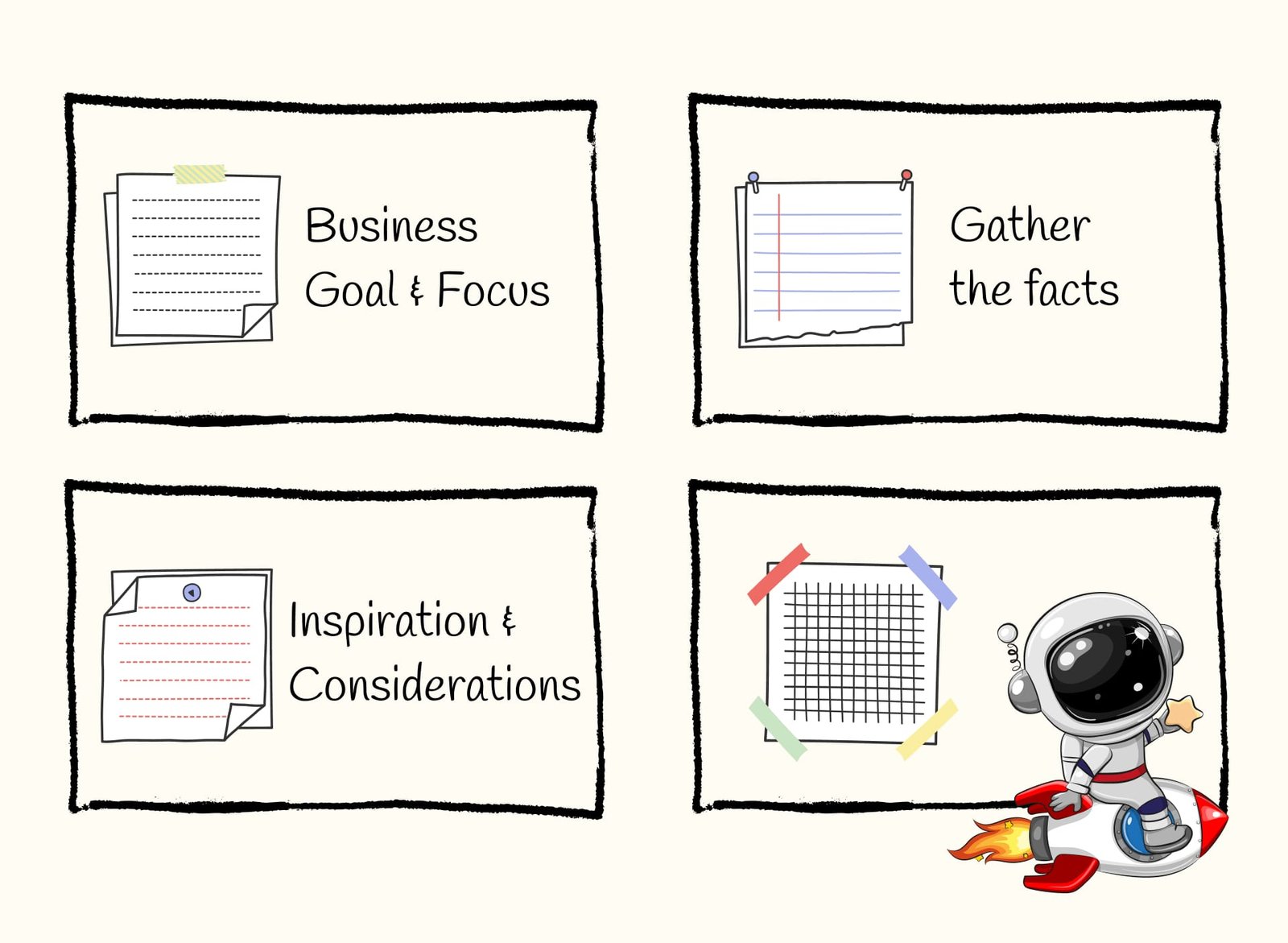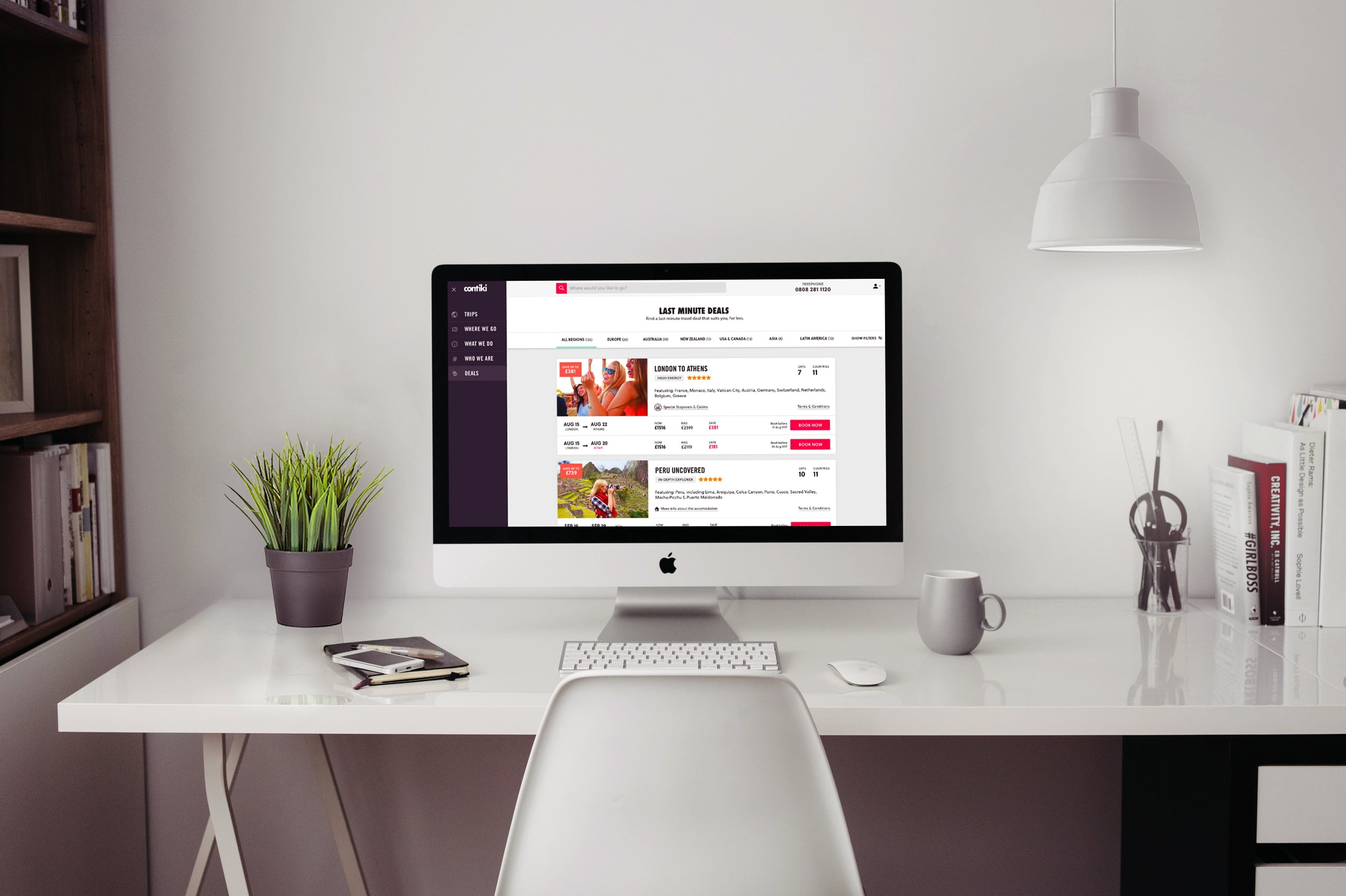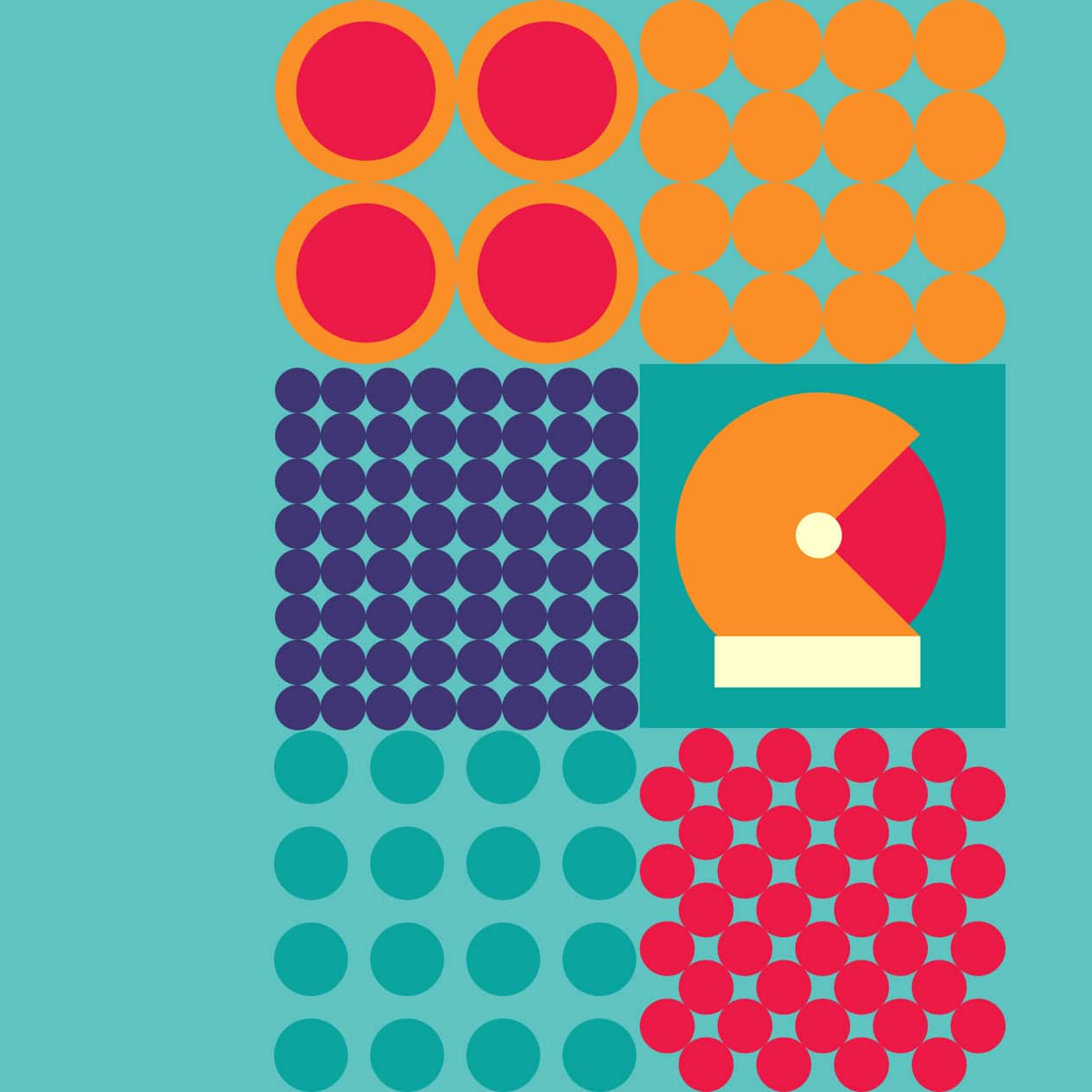In the fast-paced world of building digital products, developing ideas is not just about creativity but about creating solutions that hold purpose and value. It’s easy to get caught up in brainstorming sessions, producing a myriad of concepts, but the real challenge lies in ensuring that these ideas align with the needs of the users, the goals of the project and current business objectives.
Developing ideas with purpose and value requires thoughtful consideration, user empathy, and a clear vision. Team-wide buy-in is essential, achieved when members contribute during the idea development process. Unfortunately, lengthy workshopping sessions are often a luxury teams cannot afford in today’s corporate environments. Balancing speed with delivering meaningful solutions is a challenge digital teams must navigate with agility. Efficiently cultivating ideas can make all the difference in delivering products that resonate with users and drive business success.
As a creative myself, my mind often scatters across multiple ideas, every day, for various projects, businesses, and fields. This constant flow of ideas is exhilarating, but it can also be overwhelming. That’s why a framework like this is so valuable—it has personally helped me focus, add purpose, and ensure that what I come up with is worth pursuing. It brings structure to my creativity, allowing me to validate each idea and determine whether it aligns with my or my clients’ goals and that it makes sense to invest time and energy in.
In the last months, I have spent time refining a framework that can help fast-paced and dynamic teams create tangible ideas that can be easily implemented and tested, while having a clear definition for success, aligning with the business goals and priorities. But before I share a FigJam template for this framework, I wanted to introduce you to some of the sections that need to be uncovered.
This framework is about helping established businesses develop and grow digital product ideas that might achieve certain goals (such as increasing revenue, increasing engagement, increasing app usage, etc.). To create or conceptualize business ideas there are other frameworks and templates more suitable for that. A good one for a business or a start-up idea is the Business Model Canvas, which helps better visualize what a business needs to get started.
Download the Ideation Framework Template for FigJam for FREE!
About the framework for developing ideas
While many frameworks exist, the one I’ve developed draws from years of experience, incorporating elements of the Design Sprint framework and the Business Model Canvas, both integral to design strategies and planning. This framework is designed to be self-facilitated, eliminating the need for an external facilitator as typically suggested by the Design Sprint approach. Additionally, it is structured in a highly time-efficient manner. It requires:
'30m Pre-Workshop Preparation
2h Workshop Session
'30m Pos-Workshop Debrief

Tools to get started
To get started with our framework, we recommend using Figma’s FigJam for collaboration. FigJam offers an intuitive and flexible platform that supports real-time teamwork, making it ideal for our needs. However, other tools like Miro can also be used effectively. The templates linked below are specifically designed for FigJam, ensuring a seamless and efficient setup for your team.
FigJam or ProCreate on iPad or traditional pen & paper
Get the workshop board template for FigJam
The template to help you run this workshop is available to download for FREE and can be used with FigJam.
Download the Ideation Framework Template for FigJam for FREE!
Structure for efficient, valuable and fast development of ideas
Pre-workshop preparation
Part 1: Focus, goal, business problem
To ensure the success of the idea development, a couple of foundational elements are essential. First, a broader business goal must be selected. This could be where the ideator, product owner, stakeholder or business owner envisions the business heading or a specific target to achieve. Once the broader goal is established, it needs to be narrowed down to a focused problem or goal that requires solving. This focused approach ensures that the ideas generated are directly aligned with the business’s strategic objectives. By the end of this framework, you’ll have a set of ideas ready to be tested as viable solutions to the focused business problem.
If the focused goal is still unclear, some brainstorming and discovery work is necessary before starting this idea development framework. This preliminary work is best handled by Product Owner consultants and Business Analysts. While these professionals can be part of the business they also can be found on various platforms, TopTal remains one of the top choices for hiring skilled experts.
I now have my focused business goal clear and can start making magic
Part 2: Involvement of the right people
Asking the question, “Who do you need to make this idea happen?” is the second step of the framework’s process. This could involve anyone with the skills to develop and deliver the idea within the organisation, as well as experts from specific areas of the business who have knowledge and insights into the day-to-day operations. It’s also equally important to include key decision-makers in the process. Their involvement ensures that the idea is aligned with the business objectives and increases the likelihood of gaining support for the investment of time to build it. When stakeholders are actively engaged from the start, they have a sense of ownership. They are more inclined to give the green light for further development and implementation once the idea has been tested and proven viable.
For example, I ran something similar as a workshop on brainstorming and identifying key social features for an app I was working on and we had a product director, an ios developer, a UX designer and two product managers, it wasn’t exactly this framework but was similar and can give insights on the importance of the right group of people.
Part 3: Gather the facts
Before diving into the ideation process using the framework, it’s helpful to gather all relevant facts, customer and client insights, and any available data, such as engagement rates, page views, screen views, and app user statistics. Having this information at hand allows you to paint a clearer picture and focus on the ideas that truly matter. These insights often come from daily interactions with customers and the feedback received through various channels, including support tickets, chatbots, active interviews, and focus groups. By grounding the ideation process in real data and customer feedback, you’re more likely to develop ideas that address actual needs and resonate with your target audience.
Part 4: Considerations & Limitations
When developing ideas, it’s important to consider any business, operational, or external factors that might impact the feasibility of your concepts. While blue-sky thinking is encouraged, adding value and purpose to an idea often requires acknowledging the limitations that come with it. Understanding these limitations—whether they pertain to regions of operation, market conditions, the existing tech stack, or the investment required—helps ensure that your ideas are grounded in reality. To identify these factors, it may be necessary to speak with people from different departments or consult with stakeholders. By doing so, you can ensure that the ideas you pursue are not only creative but also practical and aligned with the business’s capabilities and goals.
Part 5: Examples & Inspiration
Gathering examples and inspiration isn’t a requirement for developing an idea, but it can be incredibly valuable. Seeing how others in the market are addressing the problem at hand can provide a useful preview and spark new ideas. When reviewing examples, it’s helpful to identify which aspects resonate with your business and why, as well as which parts don’t and the reasons behind that. This analysis can then serve as both inspiration and a guiding point, helping you understand industry trends and what could work best for your specific context. By learning from others’ successes and shortcomings, you can refine your own ideas to be more innovative and effective.
I now have everything and I am ready to start generating ideas on how might we solve XYZ problem
Day of the workshop
Recap of all the findings (10 min)
This workshop is intended to be no more than 2 hours. So start by dedicating 15 minutes to recap all the information gathered before the workshop and answer any questions that the participants might have.
Writing the initial activities/ideas in a “How Might We” format (15 min)
Once the business goal and focused problem have been reviewed, and all relevant information has been recapped, participants can begin generating ideas using the “How Might We” format. This approach encourages thinking in a solution-oriented way by framing challenges as opportunities. For example, instead of asking, “What can we do to improve customer engagement?” you might ask, “How might we enhance customer engagement through personalized experiences?” This method helps participants think creatively while staying aligned with the business objectives. By starting with “How Might We” questions, the team can explore a range of potential solutions that directly address the focused business problem, leading to more targeted and actionable ideas.
For example, a normal idea would sound like “We should create a mobile app feature that sends users notifications about upcoming sales.”, but when it’s turned into the How Might We format, it reads as “How might we use mobile notifications to increase user engagement by informing them about upcoming sales?”.
Picking three “How Might We” notes that stand out the most (5 min)
After generating a variety of “How Might We” ideas, it’s time to narrow down the options to those with the most potential. Workshop participants can do this by voting for the three “How Might We” notes that stand out the most. This selection process should be guided by data, customer insights, and a deep understanding of the business context. By considering these factors, participants can make informed decisions about which ideas are most likely to address the focused problem effectively and align with the broader business goals. This collaborative approach ensures that the chosen ideas have strong support and are grounded in both creative thinking and practical business considerations.

The Idea Generation Canvas. A structured format on presenting the ideas (90 mins)
Each concept should begin with a “How Might We” note as its foundation. This helps ensure that the idea is directly addressing the problem at hand. Next, a hypothesis should be formulated, such as, “If we implement this idea, we expect to see an increase in user engagement or app usage.” Supporting data and insights should be included to validate the idea’s potential impact, drawing on relevant research or past experiences. It’s also crucial to define clear success metrics, such as specific targets for engagement or app usage, to measure the idea’s effectiveness. Additionally, any potential limitations or challenges should be identified upfront, whether they’re related to resources, technology, or market conditions. Each participant should outline the activities they need to undertake to make the idea a reality, including who will be responsible for what tasks. Finally, the idea should include a plan for testing, along with the next steps required to move the idea from concept to reality, ensuring a clear path toward implementation or further validation. All of this is visualized in the Idea Generation Canvas, where each idea has its canvas.
This represents the first version of my idea generation canvas within the d.DOBS Framework and it’s currently being tested across various organizations. As I continue to gather feedback and suggestions for improvement, we’ll continue to refine and enhance the framework. Our goal is to create a tool that truly meets the needs of fast-paced, dynamic teams, enabling them to generate and validate ideas with purpose and value. Stay tuned for an updated version, incorporating insights and learnings from real-world applications to make the framework even more effective.
If you have found this framework useful or have ideas and suggestions for its improvement, don’t hesitate to send Feedback & Suggestions from the Design Lab Support Page.
Stay up to date! Join our newsletter!
Join our community today and let the most exciting updates come directly to you. Stories, Design Lab items, discounts, new projects and industry insights – all delivered to your inbox.






